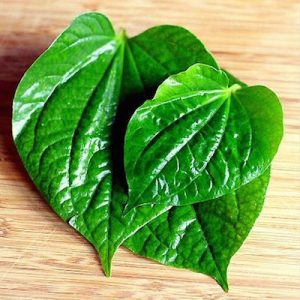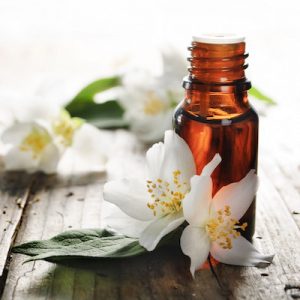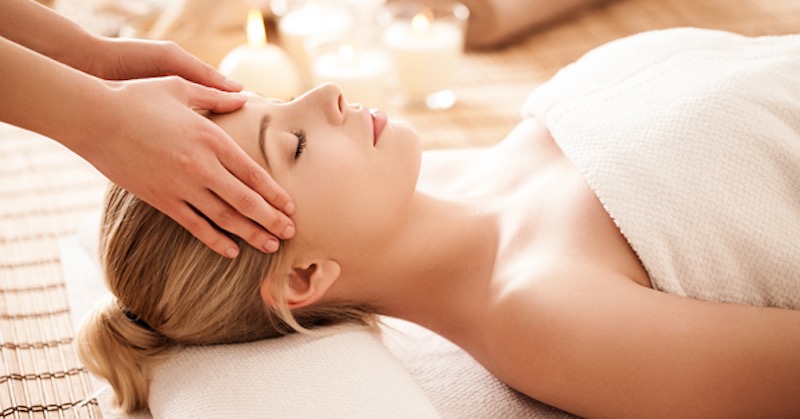Drug-Free And Safe Approaches To Relieving Headache Pain
Last updated on
Are you searching for a drug-free way to relieve your headaches? Something that’s effective but doesn’t pose the serious risk of side effects that virtually every pain medication—from non-steroidal anti-inflammatory drugs (NSAIDs) to opioids—does? Try the options that follow:4
Related post: Avoid these 10 foods that may trigger a migraine/headache.
1. Exercise
A quick workout may be able to stop your headache from progressing, possibly because it triggers the release of pain-reducing neurotransmitters.5Choose a low-impact activity, like riding a stationary bike, to avoid adding further stress to your pounding head. Regular workouts are also recommended. According to the American Headache Society:6
“Regular exercise can reduce the frequency and intensity of headaches and migraines. When one exercises, the body releases endorphins, which are the body’s natural painkillers.
Exercise reduces stress and helps individuals to sleep at night. Stress and inadequate sleep are two migraine triggers.”
2. Massage
Gently massaging your temples, neck, and scalp may help you relieve a tension headache. Court-type traditional Thai massage, which includes five massage points on your face and head, has even been found to relieve chronic tension-type headache pain as well as or better than the drug amitriptyline.7
3. Herbal Remedies
People around the world have used many herbs traditionally to treat headaches.8 For instance, a combination of feverfew and ginger helped to relieve migraine pain according to research published in the journal Headache.9
You can try steeping chopped fresh ginger in water to make a tea (or even chewing directly on a piece of peeled ginger) for a natural headache “medicine.” “America’s Pharmacist,” Suzy Cohen, also suggests Rhodiola for headaches.
“[The Russian herb] Rhodiola is helpful for someone with a tension headache, because it increases levels of serotonin; it makes you feel good. It helps you adapt — it’s a plant adaptogen.
It knows what your body needs. It knows how to raise certain hormones. In particular, it can help raise serotonin and reduce cortisol,” she says.
Chamomile tea is another option, especially for the relief of tension headaches. Look for pure chamomile tea bags or make your own by steeping dried chamomile flower in hot water (filter before drinking).

Betel leaves have anti-inflammatory, pain-relieving, and stimulant properties, among others, which is why they’ve been valued for numerous health applications since ancient times.10,11
Coriander is also known to have pain-relieving effects.12 PreventDisease.com shared one simple remedy using coriander seeds that may relieve headache pain fast:13
“Boil water. Add a spoonful of coriander seeds. Let it boil for a while, till you are able to smell the coriander strongly. Switch off the stove and add half a spoon of tea leaves to the concoction.
Close the vessel, and let it stand for a few minutes. Filter and drink it as it is without adding any sweeteners. Sleep or sit down and relax for just ten minutes. If you are lucky, your headache will be gone by this time.”
4. Essential Oils

You can consult with a professional or use essential oils at home via the following methods:
- Indirect inhalation of essential oils using a room diffuser or placing drops nearby
- Direct inhalation of essential oils using an individual inhaler with drops floated on top of hot water (this is popular for treating sinus headaches)
- Aromatherapy massage, in which essential oils are diluted in a carrier oil and massaged into your skin
- Applying essential oils to your skin by combining them with lotion, bath salts, or dressings
Which essential oils work best for headaches? It depends on the type. Try peppermint for tension headaches (especially rubbing a drop into the area that hurts), peppermint and basil for migraines, and rosemary for general headache pain.14
5. A Cup Of Black Coffee

Some migraine patients also report that a strong cup of coffee helps to stop an attack (but in some people caffeine can also trigger an attack, so listen to your body).
Several headache medications, such as Excedrin, include caffeine as an active ingredient. The use of caffeine for pain relief is best reserved for only occasional headache pain.
If you use this “trick” too often, it could lead to dependency and even make your headaches worse. If you become dependent on caffeine after daily or near-daily use, then you can experience withdrawal symptoms, including headache, if you go a day without coffee.16
This article was originally published on DrMercola.com and is republished here with permission.
Some of the links I post on this site are affiliate links. If you go through them to make a purchase, I will earn a small commission (at no additional cost to you). However, note that I’m recommending these products because of their quality and that I have good experience using them, not because of the commission to be made.



































 JOIN OVER
JOIN OVER
Comments